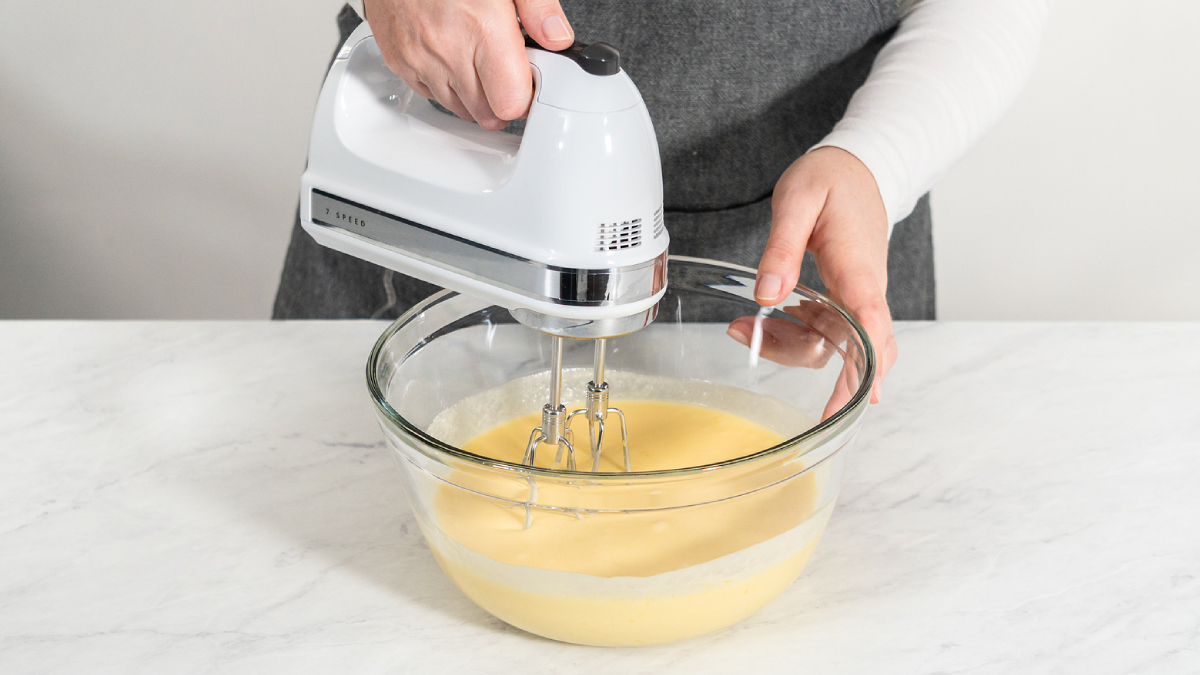Those with an experienced hand at baking cakes will know the importance of perfecting baking skills to develop the best bakes. Included in this set of skills are the many ways to mix cake batter and create different kinds of cakes. Even those who exclusively order cakes online for delivery have noticed that not all cakes are made equal.
If you’re among those who have always wondered about this abundance of methods, this is because the final product differs with each technique and the specific ingredients they cater to. Hence, cakes can range from being as light as air or sturdy enough to bear several layers, such as wedding cakes.
In this article, we cover the top six mixing methods in many recipes and discuss how different the cake results can be depending on how the batter is blended.
1. Blended
The blended method involves just stirring everything together, which is why it is the simplest of all cake-prep types. Cakes baked with this method are very moist and are typically made with oil instead of butter since the former blends better with the rest of the ingredients. Cake recipes that call for blending tend to be more liquid than most other cake batters and often require pouring the batter into the pans instead of scooping it.
2. Creaming
Creaming is the most cake mixing method that results in sturdy but soft textured cakes that can be stacked in layers. It starts with beating the sugar and butter together until the mixture turns fluffy and light in colour, followed by putting eggs in one at a time and finishing off with mixing the dry and liquid ingredients alternatingly.
Taking turns when adding the flour and liquids guarantees that the latter (usually the milk) gets completely absorbed into the batter. Since it is rather difficult to thoroughly mix liquids into cake batters with high amounts of butter or other fats in the batter, this alternating technique reduces the percentage of overall fat (by adding some flour first) and allows the gluten to form, which holds the batter together.
3. Foam
Foam cakes come out incredibly light and airy, making them the leanest cakes in the bunch as they contain no egg yolks and little to no fat. This method does not use leavening and instead depends on whipping air into the egg whites for structure, whipping them into stiff peaks and combining them with cream of tartar to improve volume and stability. Flour is then carefully folded into the batter while leaving as much air as possible. A spatula is commonly used in this final step, but using a whisk instead allows for gentler and easier blending.
4. Paste
The paste method (reverse creaming) creates sturdy and moist yet tightly textured cakes and has a slightly denser crumb ideal for adding frosting. Baking cakes this way may seem complicated, but it is actually the easiest of all the methods mentioned here.
It starts with beating butter and liquids into the dry ingredients until the batter develops a ‘sandy’ texture. Upon reaching this crumbly, sand-like consistency, milk and other extra ingredients are added to the batter. The butter-coated flour slows the rate at which gluten forms (which starts immediately once flour meets liquid) and is what results in a slightly sturdier cake with a surprisingly soft texture. Do note that while the batter can be poured similarly to the blended method, it is usually thicker than other batters.
5. Sponge
Sponge cakes are well known for being light as air, high-rising, and having just the right amount of moistness. The method used to create these cakes dates back long before baking soda or powder was used, and the cake only had trapped air as leavening.
There are many ways to make the batter using eggs, sugar, and flour as the core ingredients. But no matter how the eggs are prepared (either using the whole egg or just the whites), they still provide loft and leavening for the sponge cake. Also, don’t be surprised when the batter has a near soup-like consistency; this is completely normal and will turn into the moist, delicious cake you have in mind.
Conclusion
These are the popular cake-mixing methods that create the favourite pastries we love, ranging from being a cakewalk to follow along to requiring a bit of skill to execute perfectly. And while each one results in completely different types of cake – all are undeniably equally delicious to taste.
If some of these techniques are too advanced for you, yet you crave the treat they create, consider ordering them for now at a cake shop! Polar Puffs and Cakes offers a wide range of yummy whole cakes ranging from the classics you love to seasonal specials you don’t want to miss out on, which can all be conveniently delivered to your door anytime.



